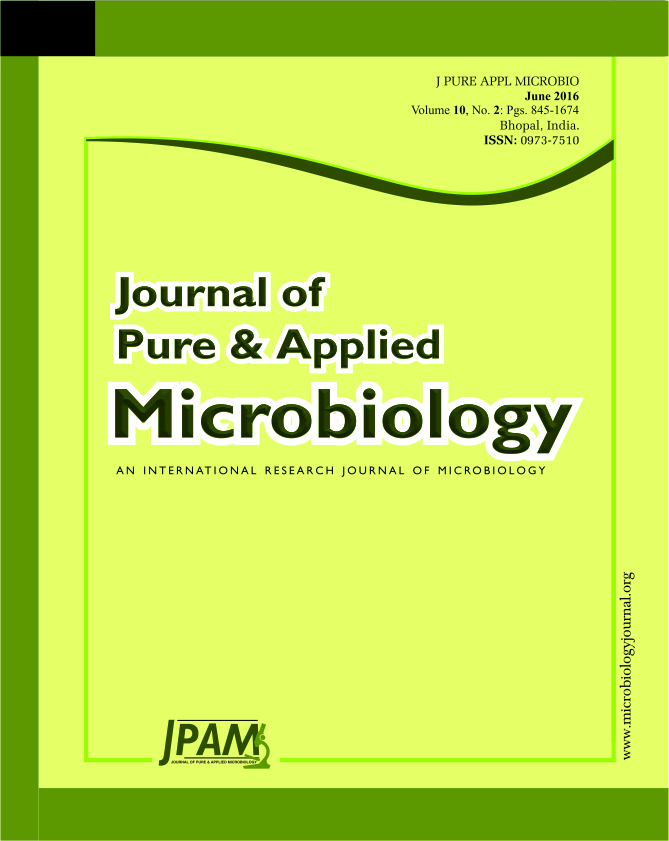The present study was undertaken to test vip3A protein from Bacillus thuringiensis for use against lepidopteran pests especially Spodoptera litura and whether cloning and expression of the vip3A gene will help in formulating an improved bioinsecticide. Eight isolates that showed amplification of the vip3A gene (675bp) were selected from 150 B. thuringiensis isolates. The isolate BT-EG1 was selected for further studies as the vip3A protein extracts from this isolate was found to cause mortality of Spodoptera litura (LC50 of 9.09-9.92 µg/ml). The 2.367bp complete CDS was amplified using VCL1 and VCL2 specific primers and cloned into PUC19 at NdeI and XhoI restriction sites. The positive clones were sequence confirmed. The vip3A was the successfully cloned into pET21a (NdeI/XhoI) expression vector and confirmed by restriction digestion and SDS-PAGE. The crude protein extracts obtained after 16h of IPTG induction showed a LC50 of 5.83 µg/ml against S. litura at 72h. The extracts were however highly toxic to Plutella xylostella (LC50 of 0.43 µg/ml after 16h of IPTG induction at 48h). The extracts however did not cause mortality of Helicoverpa armigera suggested the requirement of a combination of vip proteins for broad spectrum activity.
Indigenous, Bacillus thuringiensis, Cloning, Expression, Bioassay, Vip3A gene, Vip3A protein.
© The Author(s) 2016. Open Access. This article is distributed under the terms of the Creative Commons Attribution 4.0 International License which permits unrestricted use, sharing, distribution, and reproduction in any medium, provided you give appropriate credit to the original author(s) and the source, provide a link to the Creative Commons license, and indicate if changes were made.


